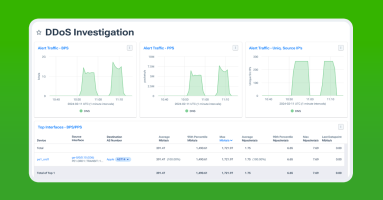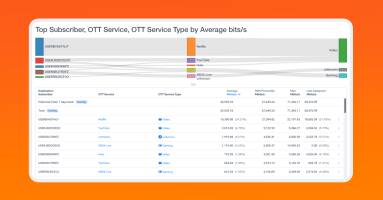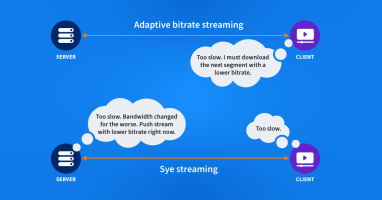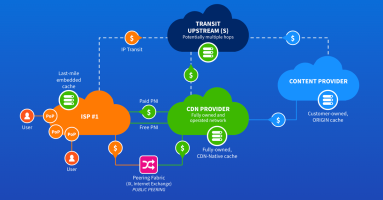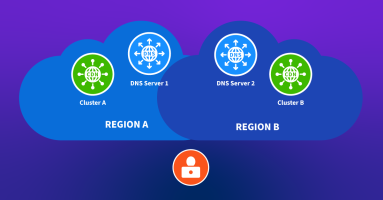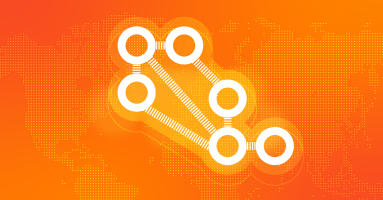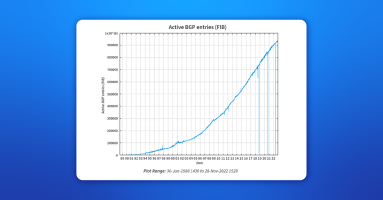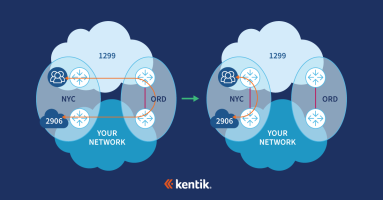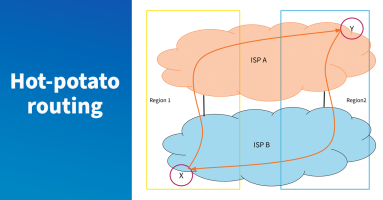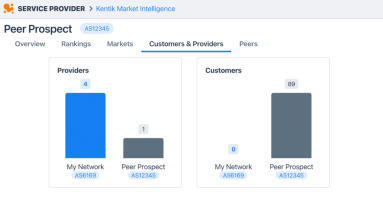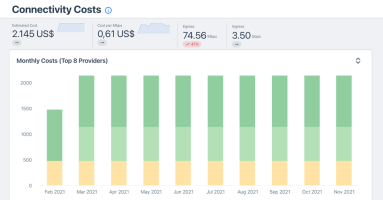Posts by Nina Bargisen

























About Nina Bargisen
Nina Bargisen is Director of Technical Evangelism at Kentik, the network observability company. She has more than 20 years of experience as an active member of the global internet community. At Kentik, she focuses on supporting the company’s service provider users, drawing from her long experience as a peering coordinator and network planner/engineer. Nina has served on program committees and IXP boards, she is an active industry speaker, and she is co-chair of RIPE’s MAT Working Group. Prior to Kentik, Nina built the network for Subspace and played an instrumental role in securing the delivery of Netflix streaming traffic in EMEA and is expert in network observability for CDNs.
DDoS attacks disrupt services and damage reputations, with motivations ranging from political to personal. These attacks can also mask more severe security breaches, so early detection and mitigation are crucial. Learn how Kentik provides a solution by analyzing enriched NetFlow data to identify and mitigate DDoS threats.
In the rapidly evolving telecom sector, the concept of “cloudification” is not just a trend but a transformative shift, reshaping how services are delivered and managed. This change is underpinned by modern software architectures featuring modularity, microservices, and cloud-native designs. As we embrace this new era, marked by the rise of “netcos” and “servcos,��” we must also navigate the complexities it brings.
Learn how to analyze subscriber behavior using Kentik. In this post, we focus on the challenges and solutions of identifying and tracking the customers in an IP network while complying with regulations such as GDPR, show how Kentik Custom Dimensions and Data Explorer provide the analysis, and finally touch on how the associated APIs help automate and ease the entire process.
Broadband subscriber behavior analysis is the process of collecting and analyzing data on how broadband subscribers use the internet. This data can be used to gain insights into subscriber needs and preferences, as well as to identify potential problems with the broadband service.
By automating capacity planning for IP networks, we can achieve cost reduction, enhanced accuracy, and better scalability. This process requires us to collect data, build predictive models, define optimization objectives, design decision algorithms, and carry out consistent monitoring and adjustment. However, the initial investment is large and the result will still require human oversight.
Live sports have moved to the internet and are now streaming instead of being broadcast. Traditional streaming protocols have a built-in delay that challenges the experience of a live game. Amazon Prime has found a solution by combining a new protocol with a very distributed CDN.
This guide explores the benefits of embedded caching for ISPs and discusses deployment optimization strategies and future trends in CDN technology. Embedded CDNs help reduce network congestion, save costs, and improve user experiences. ISPs must carefully plan their deployment strategies by considering how each of the CDNs distributes content and directs end-users to the caches. They need to know both the CDNs and their network architecture in detail to build a successful solution.
Content delivery networks are an important part of the internet, as they ensure a short path between content and the consumers. The idea of placing CDN caches inside ISPs networks was created early in the days of CDNs. The number of CDNs with this offering is growing and ISPs all over the world take advantage of the idea. This post explains how this works and what to look out for to do it right.
Resiliency is a network’s ability to recover and maintain its performance despite failures or disruptions, and redundancy is the duplication of critical components or functions to ensure continuous operation in case of failure. But how do the two concepts interact? Is doubling up on capacity and devices always needed to keep the service levels up?
In this post, Nina Bargisen explores how peering coordinators can use combined NetFlow and BGP analysis tools to work around different capacity upgrades when money or delivery times pose a challenge.
A critical milestone in any peering relationship is the business review; and when it comes to business reviews, it’s all about preparation. Learn how Kentik can help.
In part four of our series, you’ll learn how to find the right transit provider for your peering needs.
In part three of our series, you’ll see how to improve CDN and peering connectivity. Learn about peering policies and see how to use data to support your peering decisions.
In part two of our peering series, we look at performance. Read on to see how to understand the services used by your customers.
In this blog series, we dive deep into the peering coordinator workflow and show how the right tools can help you be successful in your role. In part 1, we discuss the economics of connectivity.
